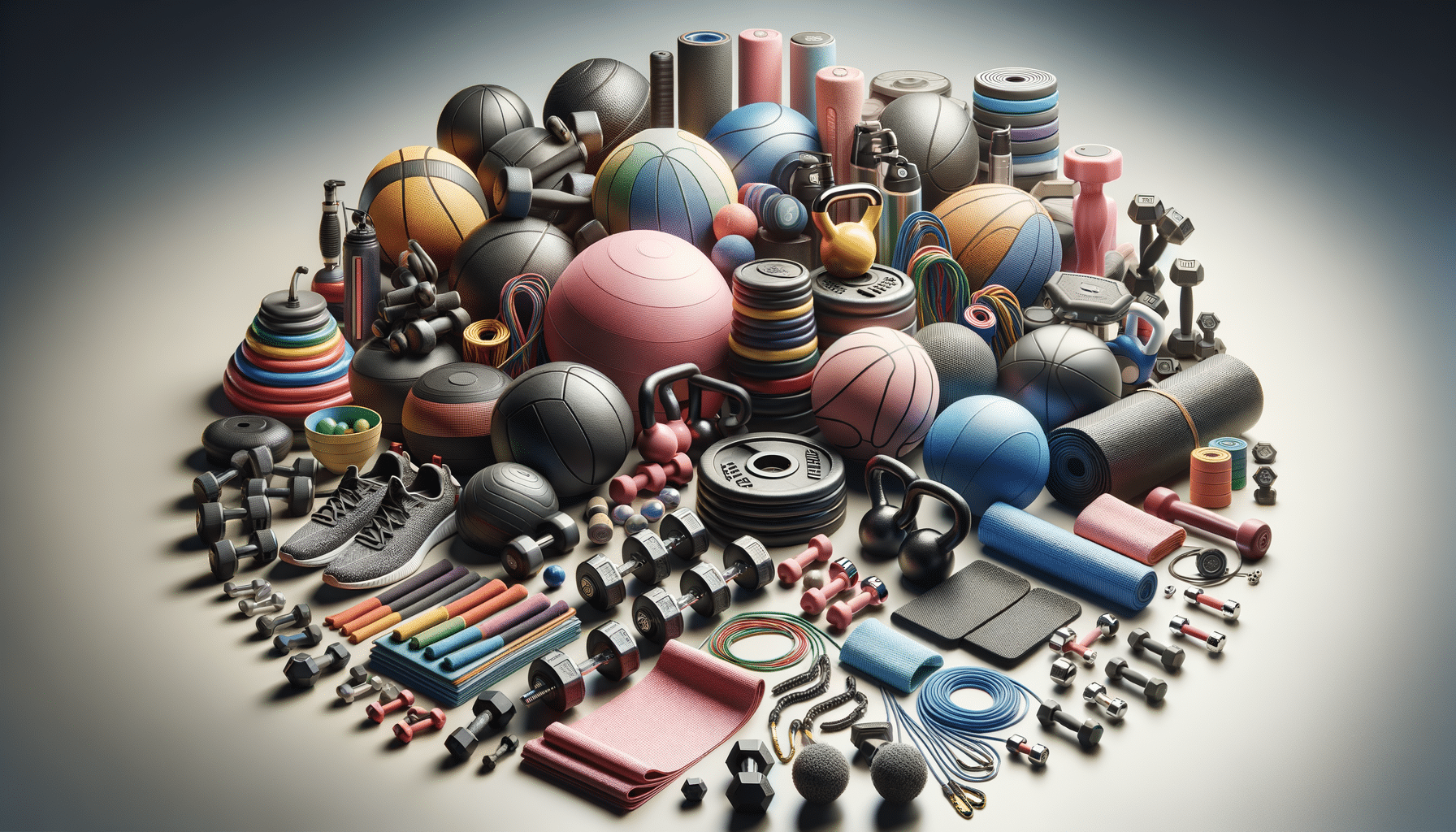
Lease vs. Buy: Choosing the Right Path for Your Next Vehicle
Understanding the Basics: Lease vs. Buy
Leasing and buying represent two distinct financial approaches to acquiring a car. Leasing is essentially a long-term rental agreement where you pay for the right to use the vehicle for a specified period, usually 24 to 36 months. At the end of the lease, you return the car, although some agreements offer the option to purchase it. Buying, on the other hand, means taking ownership of the vehicle either through an outright purchase or financing via an auto loan. Ownership gives you the freedom to keep the car as long as you want and modify or sell it at any time. Understanding these foundational differences is essential before making a decision.
Financial Considerations
The financial implications of leasing versus buying are significant. Leasing typically offers lower monthly payments compared to loan installments, making it attractive for those looking to drive a newer vehicle with less upfront cost. However, leases often include mileage limits and charges for excessive wear and tear. Buying may involve higher monthly payments, especially if financing, but it builds equity over time. Once the loan is paid off, you fully own the car and no longer have monthly payments. Key financial aspects to consider include:
- Initial down payment and monthly costs
- Long-term ownership value vs. temporary use
- Depreciation and resale value
- Potential fees for early termination of a lease
Evaluating your budget and long-term financial goals can help clarify which option aligns with your needs.
Usage and Lifestyle Preferences
Your driving habits and lifestyle heavily influence whether leasing or buying is the better fit. Leasing often suits those who prefer driving new cars every few years and don’t exceed mileage limits, which typically range from 10,000 to 15,000 miles per year. It’s also ideal for people who want the latest technology and warranty coverage without the worry of long-term maintenance. Buying is more favorable for those who plan to keep the vehicle for many years, drive long distances regularly, or desire the freedom to customize their car. Consider the following lifestyle factors:
- Annual mileage and commute distance
- Desire for the latest features vs. long-term reliability
- Flexibility to modify the vehicle
- Usage for business or heavy-duty purposes
Matching your vehicle choice with your daily needs can lead to a more satisfying ownership experience.
Maintenance and Repair Responsibilities
Another key difference between leasing and buying is how maintenance and repairs are handled. Lease agreements often stipulate that the vehicle must be maintained according to the manufacturer’s schedule, and since leases typically last only a few years, major repairs are usually covered under warranty. However, neglecting maintenance can lead to penalties at the end of the lease term. When you buy a car, all maintenance and repairs are your responsibility, but you also gain the flexibility to choose your own mechanic or repair shop. Over time, owning a car can lead to higher repair costs, especially after the warranty expires. Consider these points:
- Length and coverage of manufacturer warranties
- Responsibility for regular maintenance
- Out-of-pocket costs for unexpected repairs
- Potential penalties for damage in leased vehicles
Thinking about how long you intend to keep the car and your willingness to handle repairs can influence your decision.
Long-Term Value and Flexibility
Buying a car generally offers more long-term value compared to leasing. Once you’ve paid off your loan, you own an asset that you can sell, trade-in, or continue to use without monthly payments. This long-term flexibility can be financially advantageous, particularly for those who keep their cars for a decade or more. Leasing, while more predictable in terms of expense, does not contribute to ownership and requires you to start a new lease or buy a car once the term ends. Additionally, leases are less flexible if your circumstances change, as early termination fees can be costly. When assessing long-term value, consider:
- Ownership and resale potential
- Freedom from recurring payments after loan payoff
- Ability to respond to life changes without penalties
- Overall cost over a 5- to 10-year period
If owning a tangible asset and having full control over your vehicle is important to you, buying may be the more practical route.
Conclusion: Making the Right Choice for You
Deciding between leasing and buying a car depends on your financial situation, lifestyle, and long-term goals. Leasing might be suitable for those who value driving new vehicles with lower monthly payments and minimal commitment. Buying, on the other hand, is a better fit for individuals seeking long-term value, ownership, and the freedom to drive as much as they like without restrictions. By carefully weighing the pros and cons of each option, you can make a well-informed decision that aligns with your personal needs and budget. Whichever path you choose, understanding your priorities is the first step toward a satisfying vehicle experience.


